Build
The DevRev Build app enables you to bring the voice of the customer to software development, which can be broken down into planning and execution activities. The Build app supports both activities and offers integrations with other systems.
🎥 Video: Build overview
👉 Getting started
The most important first step in getting started with any DevRev app is to describe the structure of your product in Trails. Because all work is associated with a part, you need to define the parts of your product.
Vistas are lists of objects that can be sorted, grouped, customized, saved, and shared. Updates shows activity on objects that are relevant to you. These are general capabilities of DevRev that are useful for Build as well as for other purposes.
📋 Execution: Issues & enhancements
The fundamental unit of work management is an issue: a work item that has the right size and attributes to capture work done by developers, designers, QA, marketers, and others. Issues also provide significant flexibility in terms of size, hierarchy, and nature of work.
Issues may contain smaller tasks for the owner to track their own work. If work is needed from someone other than the issue owner, you can create child issues and assign them to a different owner.
Enhancements may be used to track higher-level groups of user stories or to bundle related work together.
📅 Planning: NNL & sprints
The DevRev Build app provides two agile modes of execution to manage and track work across all departments of your organization. Both modes can coexist within a dev org.
Now, Next, Later is a lightweight Kanban methodology that can universally be used to track and manage work in a less intrusive but still effective manner. Whether your engineering team or your marketing team, everyone loves this simple philosophy.
Sprints are used in a more process-heavy agile scrum methodology well known for driving regimented delivery of work in preset time boxes. While the many ceremonies and manifestos in this methodology can be daunting, DevRev Build simplifies it through automations and opinionated workflows. Our version aligns your teams to aim for product impact over merely finishing tasks assigned.
While NNL is the default mechanism in DevRev, you can configure a product or capability to have a sprint board.
🔁 Integrations with other systems
Snap-ins provide integration with other systems that you use for build activities:
Install and configure the snap-ins that are relevant to your business.
